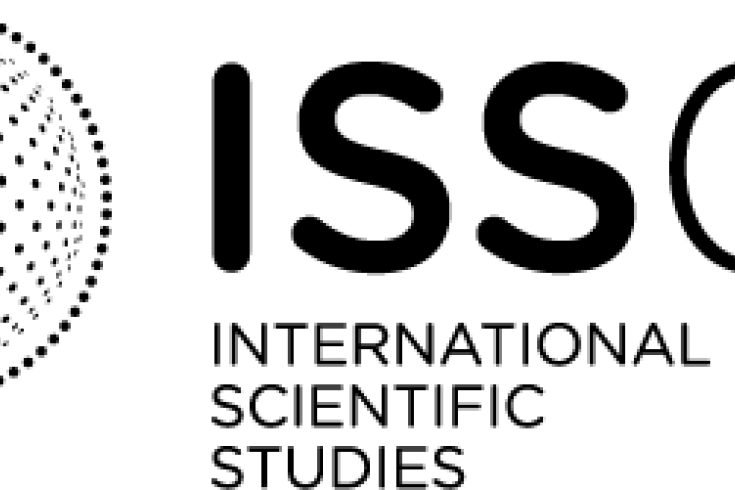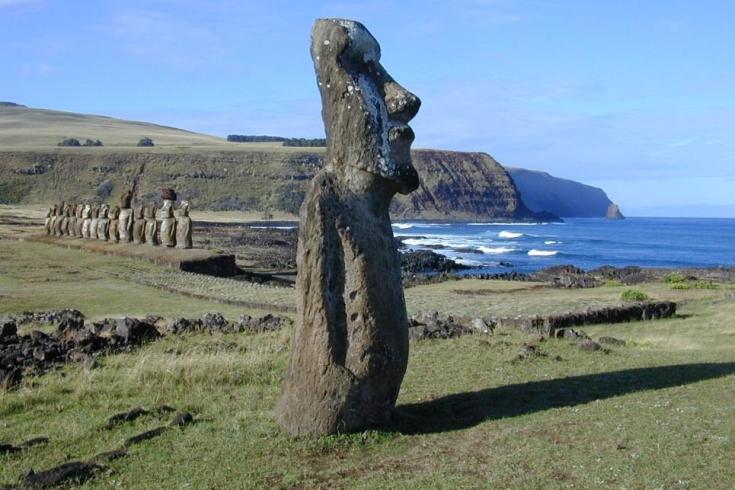Scientific conference assesses CTBT verification capabilities

Click for more on the ISS Project
ISS Conference attracts worldwide interest
The International Scientific Studies Conference took place in the former imperial palace Hofburg in Vienna, Austria.
Themes covered
• Advances in the detection capabilities of the four CTBT verification technologies over the last decade.
• Synergies between the different technologies.
• On-site inspections.
• Potential civil and scientific applications of verification data.
• Science for security.
• Future collaboration between the CTBTO and the scientific community.
A video address of UN Secretary-General Ban Ki-moon was delivered at the opening of the Conference.
1. Advances in detection capabilities
Scientists across the board praised the high quality, accuracy and reliability of monitoring data and analyses provided by the CTBTO. Dmitry A. Storchak of the International Seismic Centre attributed this to the consistency in procedure and the high standard of technologies and instruments used. Paul G. Richards of the Columbia University, USA, added that the work of the IMS and the International Data Centre (IDC) were “uniquely important because of their work of prompt association on a global scale.” Association is the process in which all monitoring data on a single event from a multitude of stations are combined.
Seismologist Paul G. Richards said that the work of IMS and IDC was uniquely important.
Over 200 scientific posters were submitted to the Conference.
IMS provides unique infrasound coverage
Elisabeth Blanc of the Commissariat a l’énergie atomique, France, gave an example of the system’s ability to detect low yield explosions. On 15 March 2008 the Gerdec explosion which was caused by a fire at an ex-military ammunition depot near Tirana in Albania, was detected at four IMS infrasound stations and two stations from scientific arrays. It had an estimated yield of around one kiloton. Speaking about research challenges in the field, Blanc stressed that more reliable atmospheric models were needed to further improve infrasound monitoring.
Alexis Le Pichon elaborated on achievements in infrasound monitoring.
Radionuclide network operational
Radioactive substances are likely to 'vent' from underground nuclear tests, as in the 1970 ‘Baneberry ‘ test at the U.S. Nevada Test Site.
ATM fully functional
61 seismic stations detect DPRK nuclear test
IMS stations make important contributions to the International Seismological Centre with a very high accuracy rate. Stations making up the seismic network are capable of detecting all seismic events with a magnitude greater than 4 and magnitude 3.5 or lower in Eurasia.
CTBTO presented a multi-media exhibition at the Conference.
Hydroacoustic network virtually complete
Communication nodes of a hydrophone station being deployed.
Data mining
Sheila Vaidya of the Lawrence Livermore National Laboratory, USA, suggested that increased application of automated data mining and data fusion procedures would “accelerate data processing and assist in improving accuracy, identifying smaller events and speeding up human review.” She further elaborated on data mining elements that already exist or are being developed and could be applied. These include the use of historical archives, machine learning, pattern recognition and fusing data from different sources.
Data mining is complementary to the other technologies by helping to reject spurious events and possibly providing more reliable detection and localization of lower magnitude events.
Sheila Vaidya suggested increased use of data mining in data analysis.
2. Synergies between the different technologies
3. Recent DPRK test stresses need for OSI
The CTBTO detected both the 2006 and the 2009 announced DPRK nuclear tests - hours before they were made public.
First ever integrated exercise

Impressions from the Integrated Field Exercise IFE08 in September 2008 in Kazakhstan.
Balancing level of OSI intrusion versus national security interests
The exercise provided a host of invaluable lessons which the CTBTO is now tasked to work through. This is helped by the over 40 scientific posters that documented the current status of scientific studies on on-site inspections.
OSI inspection team collecting environmental samples at a recent OSI exercise.
Keeping up with technological developments
Speakers acknowledged the close cooperation between the CTBTO and academic institutions in the development of OSI equipment and recommended continuing and broadening this collaboration.
Scientists used the opportunity to exchange views on the margins of the Conference.
4. Benefiting from CTBTO verification data and technologies
Scientists welcomed the fact that since November 2006, the CTBTO has been contributing to tsunami warning by providing monitoring data to tsunami warning centres in the Indian and Pacific Oceans. Formal cooperation exists with a number of these centres and more have expressed an interest in receiving monitoring data. Data from over 70 seismic and hydroacoustic stations are a potent example of how CTBTO monitoring data can be used to serve mankind.
Discussions at the Conference focused on other areas where verification data and technologies could be applied in the future.

See clip on civil and scientific applications of CTBTO monitoring data.
“Renaissance of infrasound”
On several occasions, this technology has shown that it could be capable of contributing to disaster mitigation, human welfare and scientific research. Alexis Le Pichon, also of the Commissariat a l’énergie atomique, France, cited the examples of the London oil depot explosion in 2005 and the Oregon high altitude meteorite explosion in 2008, which were confidently detected by several IMS infrasound stations. Other applications include warning civil aviation about volcanic ash plumes for, hurricane monitoring and many scientific research projects on the atmosphere.
Infrasound expert Elizabeth Blanc and geophysicist Massimo Chiappini elaborated on civil and scientific applications of verification data and technologies.
Improve research of the oceans
Monitoring the movements of icebergs is one of many potential applications.
Monitoring earthquakes in remote areas

The Easter Islands, Chile, are home to three IMS monitoring stations.
ATM could be used to improve aviation safety
Atmospheric Transport Modelling for Xenon 133 plume - click for animation.
Benefiting from OSI rapid deployment procedures
5. Science for security
Speaking on the relationship between science and security, Raymond Jeanloz of the US National Academy of Sciences emphasized that “science and technology are crucial for counter-proliferation and arms control.” He added that "broad technical capabilities would be needed even more in the future to prevent biological threats and to counter terrorism."
Russian academician Evgeny N. Avrorin stressed the vital role of science in addressing current global security concerns.
6. The future: continued dialogue and data-sharing
Looking ahead, participants emphasized the need for continued dialogue and the importance of follow-up activities including future scientific conferences CTBT verification issues. The ISS Conference was considered a major milestone in the collaboration between the CTBTO and the scientific community. Participants repeatedly stressed the need for an increased availability of CTBTO monitoring data to scientists around the world. As Peter Chen of the World Meteorological Organization put it: “Data are best used when shared.” The sharing of monitoring data would immensely benefit the many research projects that scientists are undertaking to improve the CTBTO’s verification capacities. It would also give an impetus to further research into the civil and scientific applications highlighted during the Conference.
Science and technology were important to counter proliferation and strengthen arms control, agreed astronomer Raymond Jeanloz.
17 Jun 2009
